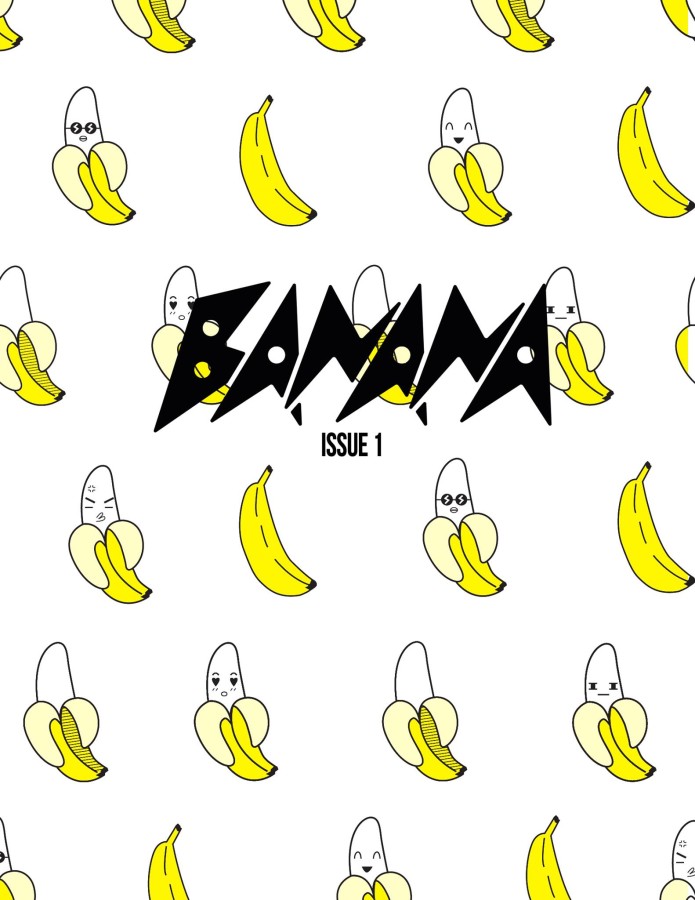Peeling the cultural cover on Asian fashion
Banana Magazine, founded by Vicki Ho and Kathleen Tso, is focused on contemporary Asian American culture.
December 9, 2015
Creative duo Vicki Ho and Kathleen Tso’s Banana magazine is not about food — unless we are talking about the best ways to make ramen of course. The pair started the fashion publication as a way to embrace contemporary Asian American culture and give a voice to many first generation Asian Americans.
It’s hard to find depictions of Asians in pop culture in any form other than the stereotyped nerd or martial artist. It’s even harder to find depictions of Asians in the fashion industry. The first Asian model to ever walk the Victoria’s Secret Runway Show was Liu Wen in 2009. It’s puzzling as to why it has taken so long for the fashion industry to embrace Asian culture — only recently have models like Liu Wen, Fei Fei Sun and Soo Joo Park developed solid reputations in the industry. It is fitting that Banana magazine comes at a time when a focus on embracing Asian culture is starting to emerge.
The biannual, print-only magazine not only focuses on fashion and Asian beauty trends but also ways to rediscover old herbal soup recipes. The slang term banana comes from something Tso and her siblings were called as children since they had been raised in a white suburban town. he term describes their Asian or ‘yellow’ external appearance combined with a white upbringing. The term went from being an inside joke to the magazine’s name and symbol, using it as a way to celebrate the culture Asian Americans have created.
Banana’s first issue highlights Asian “Bottle Blondes,” a focus on transforming dark Asian hair to a shiny shade of platinum blonde. The story touches on the psychological reasons for wanting to be bottle blonde and then gives a technical tutorial on how to do it. The photo story will definitely be appreciated by Asians who have struggled dying their jet-black hair any lighter color. And with Kendall Jenner rocking a platinum blonde ‘do in Vogue, who isn’t tempted to want to try it? Anyone with stubborn dark hair will find this story to be a saving grace.
Other stories, such as “Growing Up with Grandma,” focus on more than just beauty and fashion by painting a portrait of growing up with a Taiwanese grandmother in a suburban city. The feelings of alienation and differentness are ones that will not only hit home with many Asian Americans but also young adults of other ethnicities as well.
Still in its early stages, Banana’s first issue hit the stands April 2015, and its second issue is ripening soon. The smiling bananas stamped on a glossy purple background speak to some of the aesthetics of cuteness sometimes associated with Asian culture. The sleek and simple design was based on what Ho and Tso have personally found appealing in the magazines they read. Banana is a creative outlet for young Asians who are molding their own identity and anyone interested in what that might mean. Pick up a copy of Banana and catch up on all things Asian. Or, as Ho and Tso would say, “Azn.”
Email Teresa Wang at [email protected].
























































































































































